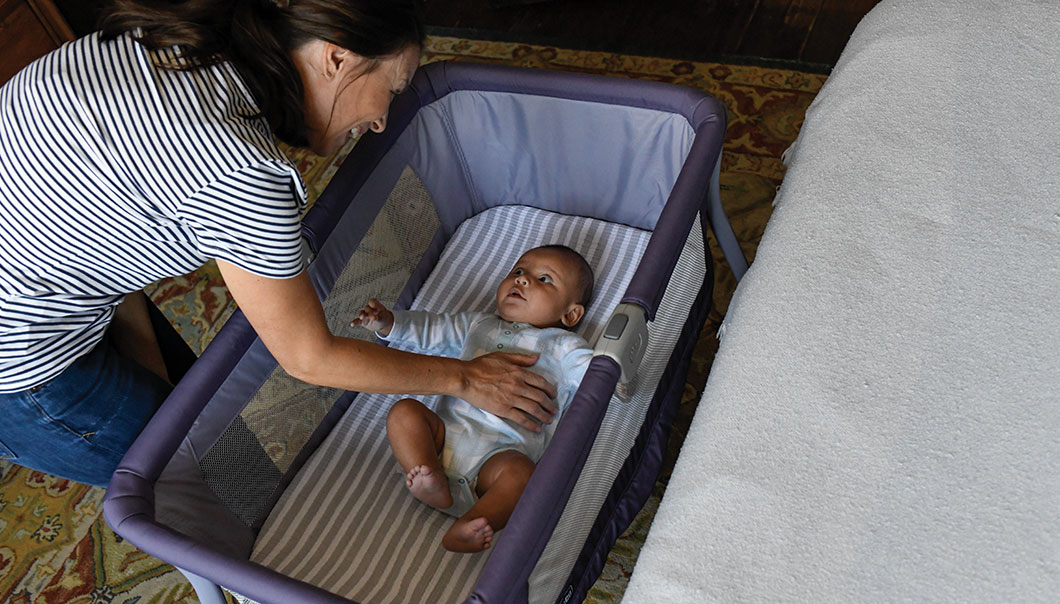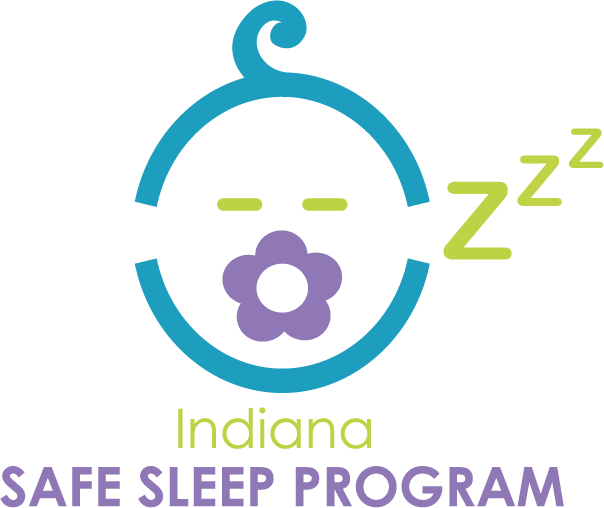Ruah lo piin Bawhte Thihnak Hmelchunhnak (SIDS, Sudden Infant Death Syndrome) le Adang Ihnak he Aapehtlaimi Bawhte Thihnak Aruang Pawl Sikhawhnak Zor Ter Hna

Ihnak he aa pehtlaimi thihnak aruang pawl le SIDS sikhawhnak zor ter dingcaah, him tein ihnak ABC cu zulh hna.
A
Mah tein
A nemmi thilri, tunu, chantling, puan, rizai, tuuphaw, asiloah nau thlimnak bawm a kham a ummi pawl cu naute ihnak hmun in a lenglei ah chiah hna.
Thutdan a nemmi asiloah sofa, chantling, rizai, tuuphaw, asiloah puan bantuk a nemmi pawl ah zeitik hmanh ah naute cu ih ter dingin chiah hlah.
B
Keng lei in
Naute cu a fekmi* thil hmai ah an keng lei in chiah tikah an itmi a him deuh. Ihnak caan vialte an biapi dih. Chikhat te caah siseh zaan ah siseh naute cu ih ter dingcaah amah nu asiloah pa cu a keng lei in chiah hna.
*A fekmi ihnak hmai ah himnak caah fehter cang mi nau thlimnak bawm, nau ihnak, le thial khawhmi lentecelhnak hmun pawl aa tel lai.
C
Nau tlimnak bawm ah
Naute ihnak caah a him bikmi hmun cu nau tlimnak bawm chungah asi. Himnak caah fehter cangmi nau tlimnak bawm ah aa zami a khuh khuhmi ihphah bantuk, a fekmi ihnak hman hna.
Mawtaw thutnak, puaknak, thuinak, asiloah cubantuk thil hna cu naute nifatin ihnak hmun caah hmang hna hlah.
Na tuahserhnak nih thlennak a SER.
Na naute ngandam tein le him tein chiah dingcaah na tuah khawhmi tampi a um.
- Nau pawi lio ah na sibawi cu caan hman tein vaa zoh ter.
- Nau pawi lio ah asiloah naute a chuak hnu in kuak zu hlah, zu din hlah, asiloah phung a lut lomi si hman hna hlah. Na naute a pawng ah kuak zu hlah asiloah zuk ter hna hlah.
- Na naute cu a zangmi ihnak thil hruk ter. Khaan ah a linhnak cu upa caah sia a remmi tluk in na chiah lai.
- Na ihnak ah hnuk dinh dingin naute cu na ratpi ahcun, na dih tikah aa dangmi ihnak hmun ah amah nu asiloah pa cu chiah than hrimhrim hna. Himnak caah fehter cangmi nau thlimnak bawm, nau ihnak, asiloah thial khawhmi lentecelhnak hmun pawl cu na khaan i na ihnak pawng ah hman hna.


Hi riantuannak zung cu atlukmi caantha petu asi.